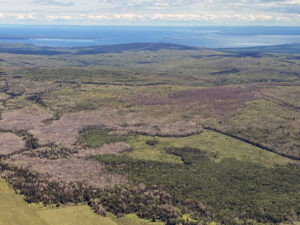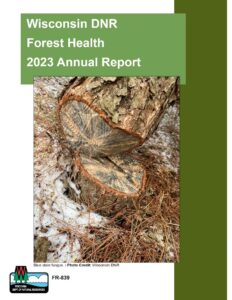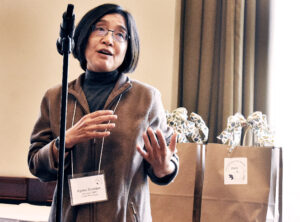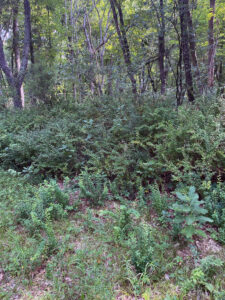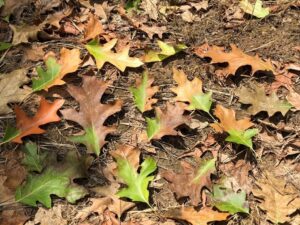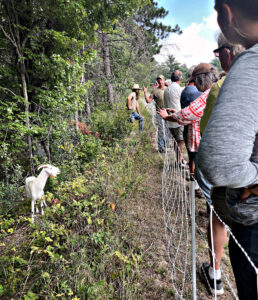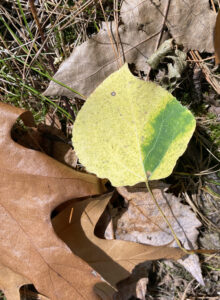
An aspen leaf that fell in the fall showing a “green island” due to leafminer feeding. / Photo Credit: Linda Williams, Wisconsin DNR
By Linda Williams, DNR Forest Health Specialist, Woodruff;
Linda.Williams@wisconsin.gov or 920-360-0665
Most aspen leaves that fell this fall were a beautiful yellow gold color, but every so often some could be found that were yellow with a green strip on them. Were the aspen trees supporting the Green Bay Packers? No. The green stripe was an indication of the presence of a tiny leafmining caterpillar.
Leafminers are tiny caterpillars that live and feed within a leaf. These tiny caterpillars may produce blotch mines or serpentine mines that create lines on the leaf.
Continue reading “Leafminer Creates Green Bay Packers Colors On Aspen Leaves”

